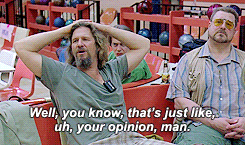1000 is also a rough average or midpoint for our top division---or at least, those in the division rated 970+ and ineligible to move back down. Our top division is one reasonable measure of expert. It would not just involve players with an exact rating of 1000, but those on either side shouldn't vary enough to affect it.
Many people also see it as a threshold of accomplishment, noting when a rising player reaches it.
"Expert" isn't defined by the PDGA and 1000 isn't definitive, but it certainly strikes me as reasonable and practical.
Many people also see it as a threshold of accomplishment, noting when a rising player reaches it.
"Expert" isn't defined by the PDGA and 1000 isn't definitive, but it certainly strikes me as reasonable and practical.

